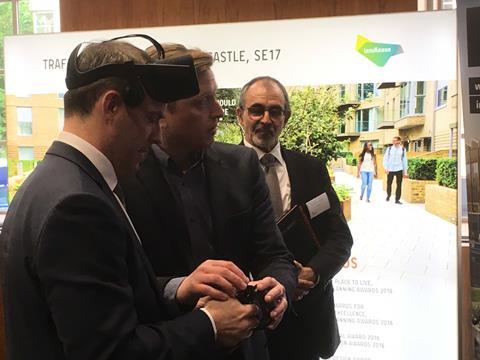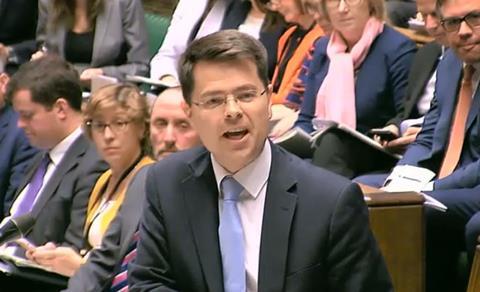Urban design chiefs insist policy must contain forceful expectation of high-quality development
A consortium of urban design and conservation interest groups has warned new housing secretary James Brokenshire that the government’s proposed changes to the National Planning Policy Framework are too weak on the promotion of good design.
The grouping, which includes the Academy of Urbanism, the Farrell Review spin-off Place Alliance, Design Network and the Institute of Historic Building Conservation, said that if the Ministry of Housing (MHCLG) wanted to live up to the spirit of its recent conference on good design, the draft NPPF should be redrawn.
It also flagged the lack of in-house urban design capacity at councils, citing research it commissioned last year that indicated half of English planning authorities had no such dedicated skills.
The NPPF must ‘leave no room for doubt that the proactive pursuit of good placemaking and design is a national expectation, and that the government will be actively supporting local authorities who take such matters seriously’
In a letter to Brokenshire, who took over from Sajid Javid on April 30, the lobby – which also includes Civic Voice and Urban Design Group – said the draft document’s section on promoting good design should be strengthened to “more forcefully demonstrate the desire of the government to see better design everywhere”.
“While the draft NPPF has many positive things to say about the importance of design quality, as currently worded the design paragraphs lack clout,” they said.
“High quality design can all too easily be seen as ‘nice to have’ but ‘easy to ignore’ rather than an essential dimension of good planning and a rightful expectation of communities everywhere.”

The paragraphs of the draft NPPF they are worried about are Nos 124-131. Although high-quality design is repeatedly referred to in them, the draft document also makes it clear that design policies should “not inhibit a suitable degree of variety where this would be unjustified”, stresses the importance of optimising the potential of development sites, and advises that “where the design of a development accords with clear expectations in local policies, design should not be used by the decision-maker as a valid reason to object to development”.
The alliance wants the eight-paragraph section updated to “leave no room for doubt that the proactive pursuit of good placemaking and design is a national expectation, and that the government will be actively supporting local authorities who take such matters seriously”.
In particular they are keen to see the introduction of an expectation that independent design review and stakeholder workshops will be undertaken for all major applications, and those considered to be “locally significant”.
It also wants the next incarnation of the NPPF to include a “strong strategic aspiration” for the delivery of high-quality design that local planning authorities would be required to demonstrate in their local policies and apply to individual buildings and the more general goal of achieving “good urban form”.
The letter was signed by David Rudlin of the Academy of Urbanism; Civic Voice executive director Ian Harvey; Design Network chair Julie Tanner; IHBC chair James Caird; Place Alliance chair Matthew Carmona; and Urban Design Group chief executive Robert Huxford. It was also sent to housing minister Dominic Raab.
MHCLG published the draft NPPF in March. Its consultation closed last week.














No comments yet